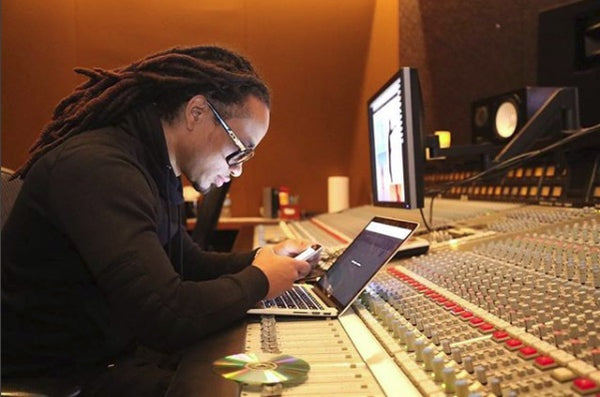
Why You Should Embrace Professional Emojis
Why You Should Embrace Professional Emojis
Despite their longtime reputation as extra and unnecessary, emojis mean serious business. Also known as “emoticons,” emojis are a significant aspect of our daily communication, whether you welcome them or not. Facebook estimates that over 5 billion emojis are sent daily through their Messenger service, while 60 million emojis are posted daily in posts. And it’s not just millennials using them, either. People of all ages, cultures, and languages are using emojis to express their thoughts, emotions, and stories with the succinct strength of a single symbol. At their best, emojis may be the closest thing we have to a common language.
Marketing With Emojis
Emojis are now grown up and professional. Businesses are creatively integrating them into their marketing campaigns, which include monetizing social media to communicate with consumers or advertise a product. A study by Appboy in 2016 found that compared to the previous year, the use of emojis in campaigns jumped 777%! Their legitimacy has been observed by the Oxford Dictionaries, who deemed an emoji the Word of the Year in 2015, and their strength in marketing adds plenty more evidence. Here are a few key bits to chew on if you’re considering integrating them into your marketing campaigns.
Humanize Your Marketing
When utilized correctly, emojis do a wonderful job of showing, rather than telling. They reach us (and consumers) on more of an emotional level. Whereas consumers can spot advertising language from a mile away, emojis can contribute to language that portrays more personality and even empathy. You can also show more with less: An emoji can convey thoughts, information, and, of course, emotions in just one symbol.
Brand Awareness
It’s not just businesses utilizing emojis in their marketing language. Bleacher Report, a sports news website, uses emojis in the app’s push notifications for breaking news, game recaps, and even viral posts on social media. If it is within your resources, creating custom emojis that represent your brand is a tangible product for consumers to use and spread awareness.
Increase Engagement
The numbers show a clear advantage to using emojis. Here are some ways emojis can be beneficial to the most commonly used platforms.
Twitter: With only 140 characters to work with in a single tweet, you have to be efficient in expressing all your feelings. Rather than wasting characters on dry, boring letters, inject some life and flavors into the tweet with an emoji or three, and save the text for essential information.
Facebook: If Twitter is the platform of short and sweet messages with character limits, Facebook is the platform that floods your newsfeed with algorithm-driven content. Along with “liking,” you can react to a post, comment, message, or even a live stream with the proper emoji. When it comes to posting, emojis lead to a stark difference in engagement. Posts with emojis saw a 575 higher like rate, 33% higher comment rate, and 33% higher share rate.
Instagram: Emojis reign supreme on Instagram. Comments aren’t spaces for long, drawn out discussions with words. Instagram users weave a new language with emojis. If you are able to become proficient in the lingo, Instagram can become a powerful platform for you to reach consumers.
Email: Once upon a time, paper was the only aspect separating email from snail mail. Nowadays, the most effective email marketing utilizes similar strategies for engagement as their social media cousins. Integrating emojis into email subject lines can be a worthwhile experiment. With fewer words, emojis can function as emotional triggers to increase open rates and draw attention to a call to action.




